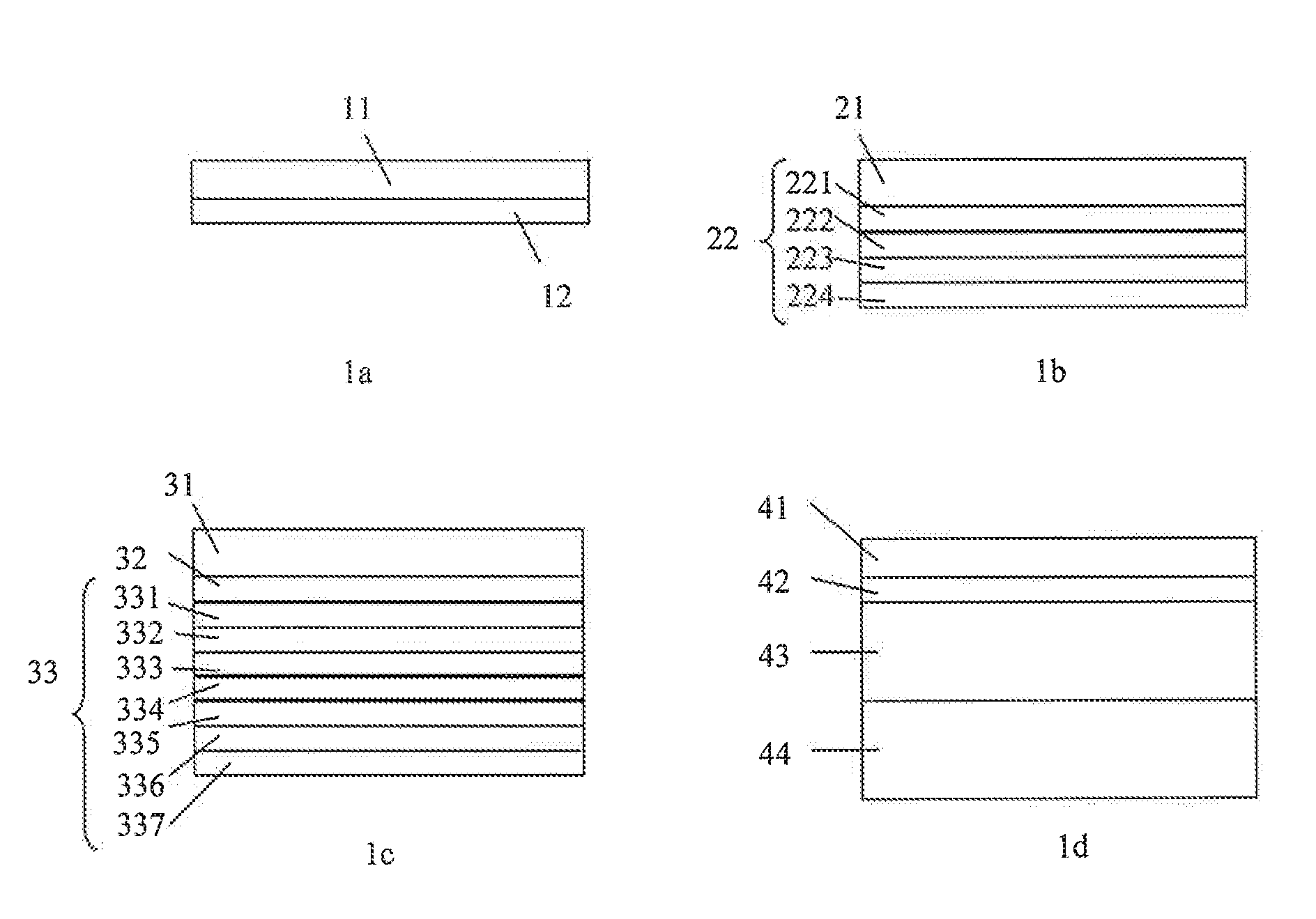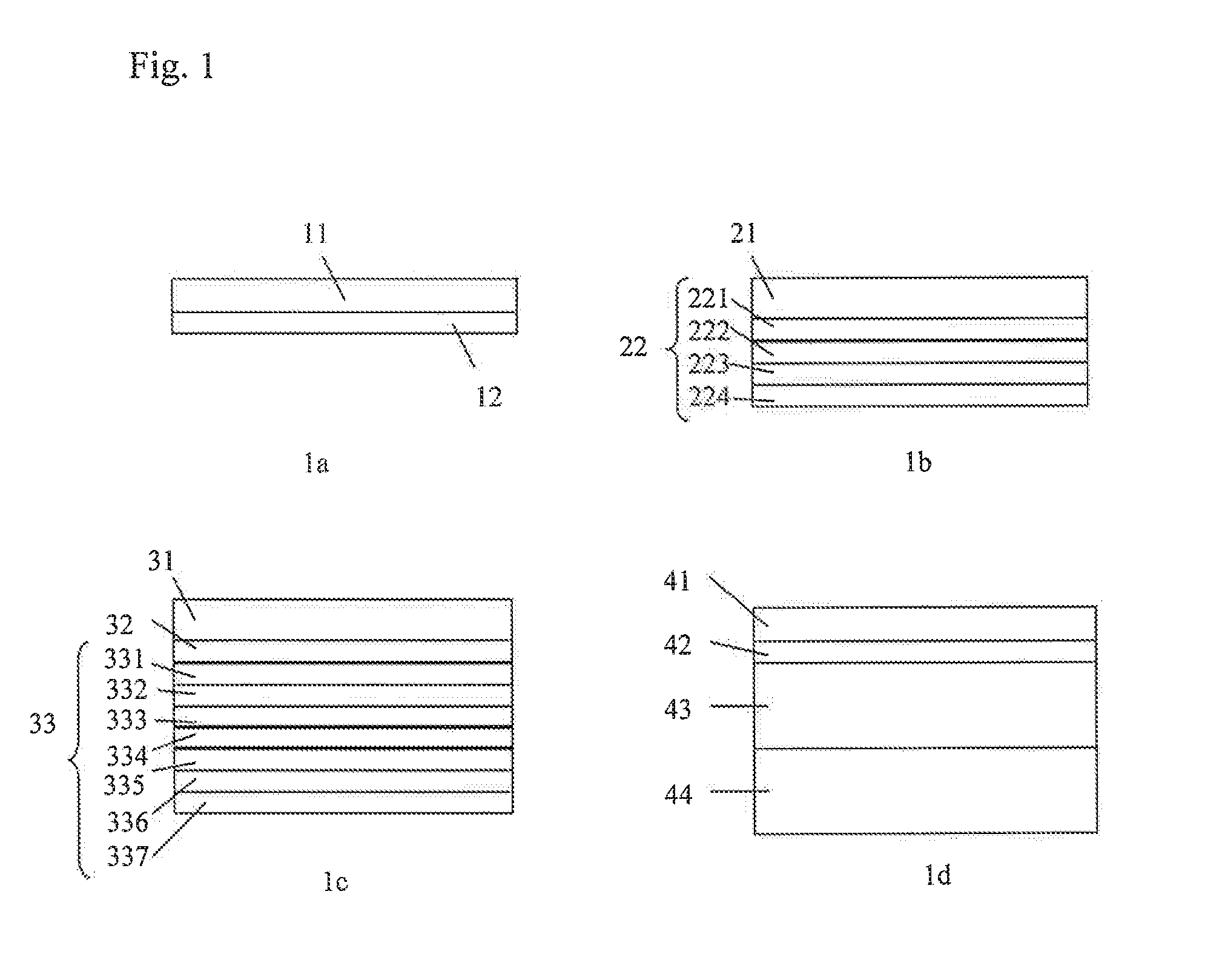Moisture-resistant film, made of fluorinated polymer and inorganic oxide, for photovoltaic use
- Summary
- Abstract
- Description
- Claims
- Application Information
AI Technical Summary
Benefits of technology
Problems solved by technology
Method used
Image
Examples
Embodiment Construction
[0037]The research conducted by the Applicant, directed toward improving the known films based on fluorinated polymers, which are transparent in the visible region and opaque to UV radiation, has led it to the development of a multilayer structure comprising a layer of a composition comprising a fluorinated polymer and zinc oxide of nanometric size comprising an adhesion promoter on the inorganic oxides and also at least one layer of silicon oxide or of aluminum oxide.
[0038]The fluorinated polymer included in the composition according to the invention is prepared by polymerization of one or more monomers of formula (I):
in which:[0039]X1 denotes H or F;[0040]X2 and X3 denote H, F, Cl, a fluoroalkyl group of formula CnFmHp— or a fluoroalkoxy group CnFmHpO—, n being an integer between 1 and 10, m an integer between 1 and (2n+1), p being equal to 2n+1−m.
[0041]Examples of monomers that may be mentioned include hexafluoropropylene (HFP), tetrafluoroethylene (TFE), vinylidene fluoride (VDF...
PUM
| Property | Measurement | Unit |
|---|---|---|
| Temperature | aaaaa | aaaaa |
| Fraction | aaaaa | aaaaa |
| Fraction | aaaaa | aaaaa |
Abstract
Description
Claims
Application Information
 Login to View More
Login to View More - R&D
- Intellectual Property
- Life Sciences
- Materials
- Tech Scout
- Unparalleled Data Quality
- Higher Quality Content
- 60% Fewer Hallucinations
Browse by: Latest US Patents, China's latest patents, Technical Efficacy Thesaurus, Application Domain, Technology Topic, Popular Technical Reports.
© 2025 PatSnap. All rights reserved.Legal|Privacy policy|Modern Slavery Act Transparency Statement|Sitemap|About US| Contact US: help@patsnap.com



